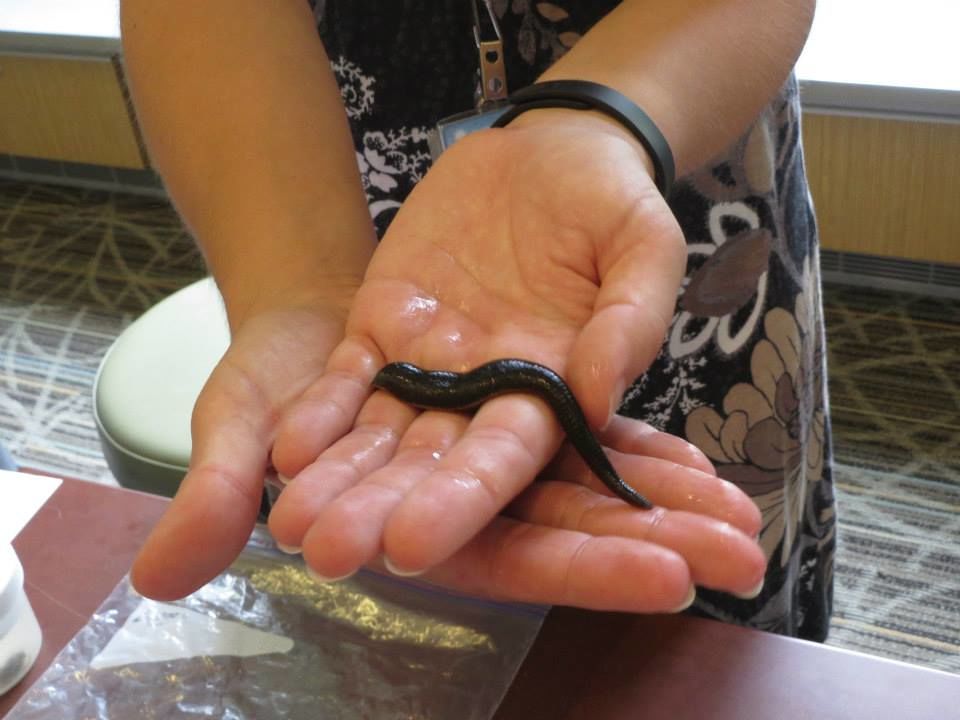
Washington is no stranger to bloodsucking parasites, but scientists have identified a new species of previously unrecognized medicinal leech.
It’s the first one discovered on the continent in over 40 years.
Macrobdella mimicus was first identified from specimens collected in a Southern Maryland swamp in 2015.
Anna Phillips, the museum’s curator of parasitic worms, led the international team of scientists that found the leeches.
In case you needed some nightmare fuel, Macrobdella mimicus has three jaws, each of which contain from 56 to 59 teeth.
Leeches like Macrobdella mimicus can suck five times their body weight in blood.
Phillips described the olive-green, orange-spotted parasite in the Aug. 15 issue of the “Journal of Parasitology.”
“We found a new species of medicinal leech less than 50 miles from the National Museum of Natural History — one of the world’s largest libraries of biodiversity,” Phillips said.
“A discovery like this makes clear just how much diversity is out there remaining to be discovered and documented, even right under scientists’ noses.”
And the leeches aren’t just local: Searches through marshes and museum collections showed that the leech has long occupied a range that stretches between the Appalachian Mountains and the Atlantic Coast.
Phillips and her team found related leeches in South Carolina and sequenced their DNA. Then she compared them to other invertebrates in the Smithsonian’s collection.
“All of a sudden, I started finding these things everywhere,” Phillips said.
“It’s been here this whole time. We just hadn’t looked at it in this new way.”
The last time a new medicinal leech species was discovered in North America was 1975.








